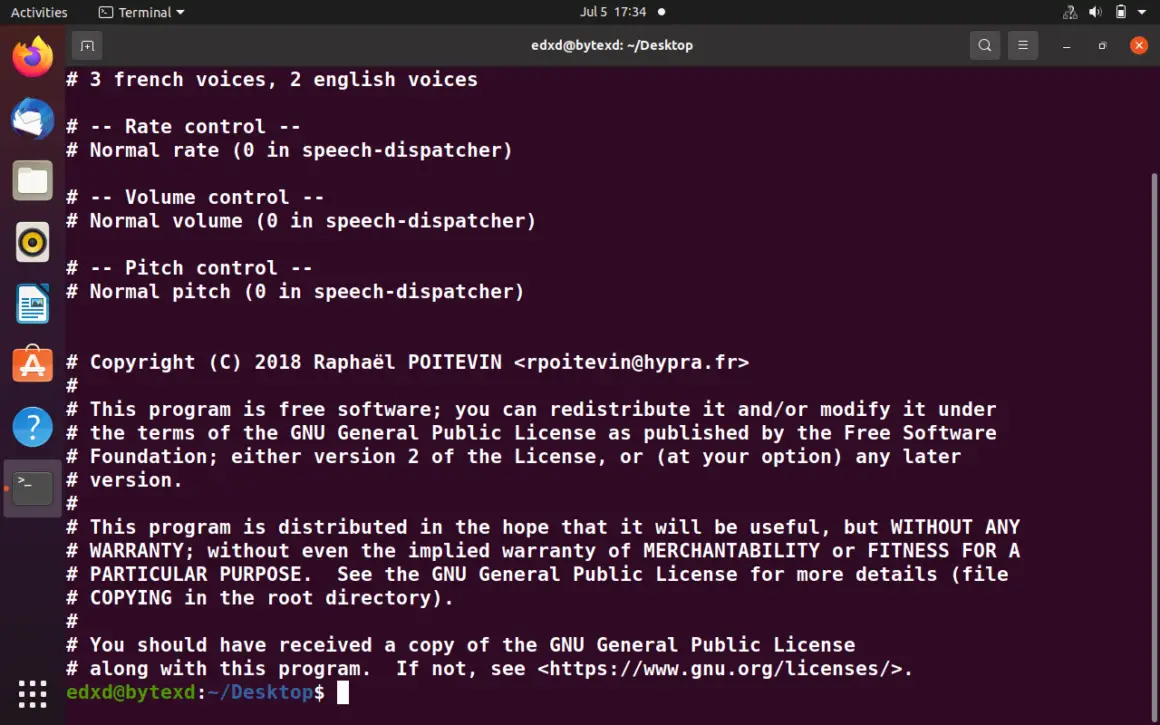

sh), you could use: grep search_pattern *.sh Search for all the files in a directory recursively For example, if you want to look for a string in shell scripts only (files ending with. That could work, but a more practical example is to search into a particular type of files. You may provide more than one file to grep to search into. You can do the same with inverted search. To show the line numbers of the matching lines, you can use the -n option. You can of course, use the case-insensitive option -i. You can combine the -c and -v option to get the number of lines that do not match the given pattern. Instead of showing the matching lines, you can just get how many lines match the pattern with -c option. This 'invert matching' is used with the -v option: grep -v search_pattern filename You can use grep to display all the lines that DO NOT match the given pattern. grep -C 5 search_pattern filename Show the lines that do not match The command below will show 5 lines before the matching one, the matching line and 5 lines after the matching line. My favorite is the option -C because it shows lines that are before and after the matching ones. The command below will show 5 lines before the matching ones along with the matching line(s). Similarly, you can use the -B option to show lines before the matching ones. The command below will show the matching lines along with the 5 lines after the match. You can use the -A to show lines after the matching ones. But when you are troubleshooting something, it helps to see a couple of lines before and/or after the matching lines. Show lines before and after the matching linesīy default, you only see the matching lines. This way, grep will return lines that match both Holmes and holmes. You can ignore case matching with the -i option: grep -i search_pattern filename Case insensitive searchīy default, the search with grep is case-sensitive. Let's see a few common use cases of the grep command. You probably already know that to search for a particular text or pattern in a file, you have to use grep like this: grep search_pattern filename
#Grep examples line number pdf
I have included a PDF cheatsheet which you can download, print and keep on your desk. It's good if you are already familiar with the grep command but you keep forgetting which option does what. I'll just the common options and their explanation here.

Linux Handbook already has a detailed article on grep, so I won't go in depth here. This article lists the most common grep commands with quick examples. However, you'll end up using a handful of grep commands most of the time. You probably will never need or use all of them. The grep command has a huge number of options and use cases. It's especially helpful when you are troubleshooting or debugging.

I'm totally open to suggestions if there is a better way of doing this (since setting/unsetting the GREP_OPT isn't always the most elegant).Grep is a powerful UNIX command that lets you search inside the file contents on a variety of parameters. You'll note that the original grep_ uses the command \grep so the alias expansion stops at that point. I've used grep_ instead of grep in the above example just to show that aliases will happily chain/use alias expansion as needed all the way back to the original command. In the situations where you want a non-numbered output, unset GREP_OPT (or remove -n from it, like if you're using it to include other flags). # Due to alias expansion, the below aliases benefit from the 'GREP_OPT' value:Īlias cgrep='grep_ -r -include=\*.' # Not sure if there's a way to combine cgrep+hgrep # Note the $(.) INSIDE the 'single quotes'Īlias grep_='\grep -color=auto -I $(echo "$GREP_OPT")' # of 'xargs', it allows you to use the below grep aliases, such as the # contains a trailing space, it will use alias expansion. This solution works, but isn't the most elegant: # Not part of your original question, but I learned that if an alias I realize this is an older question, but I've been running up against the same problem.


 0 kommentar(er)
0 kommentar(er)
